 Department of Chemistry
Department of Chemistry
-
About
-
Research
-
Academics
-
People
-
Board
Seminar
Seminar
-

Research on theragnostic biomaterials for severe COVID-19
 2021년 9월 16일(목) 오후 4시 30분
2021년 9월 16일(목) 오후 4시 30분 Webex
Webex
- POSTED DATE : 2021-09-15
- WRITER : 화학과
- HIT : 4172
-

Plasmonic-induced fluorescence resonance energy transfer to harness entire solar photons
 2021년 9월 9일(목) 오후 4시 30분
2021년 9월 9일(목) 오후 4시 30분 Webex
Webex
- POSTED DATE : 2021-09-09
- WRITER : 화학과
- HIT : 3048
-

Transition Metal-Catalyzed Hydrofunctionalization of Unsaturated Bonds: What Would be the Next Stage?
 2021년 9월 2일(목) 오후 4시 30분
2021년 9월 2일(목) 오후 4시 30분 Webex
Webex
- POSTED DATE : 2021-09-01
- WRITER : 화학과
- HIT : 2944
-
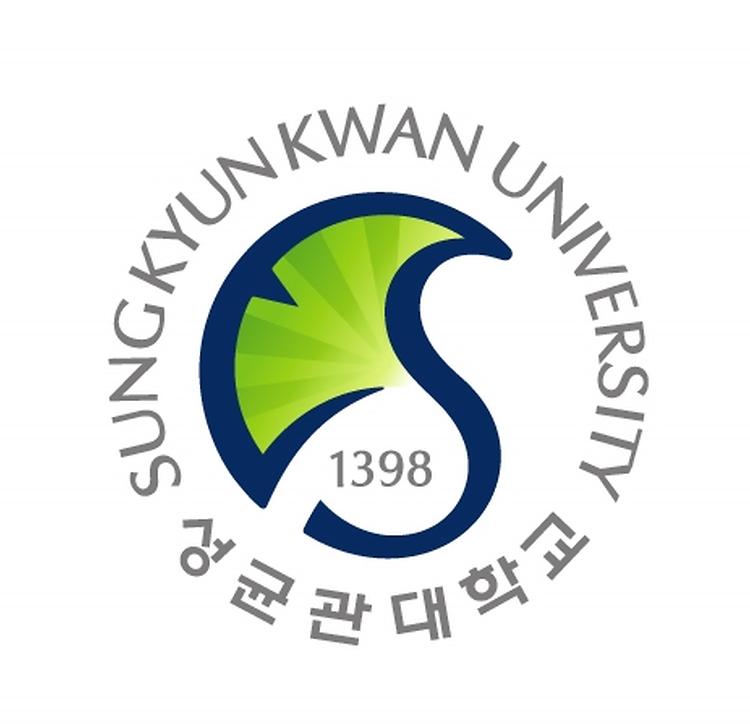
Quantum algorithms for the quantum chemical calculations of open shell molecules
 2021년 5월 20일(목) 오후 4시 30분
2021년 5월 20일(목) 오후 4시 30분 Webex
Webex
- POSTED DATE : 2021-05-18
- WRITER : 화학과
- HIT : 3387
-
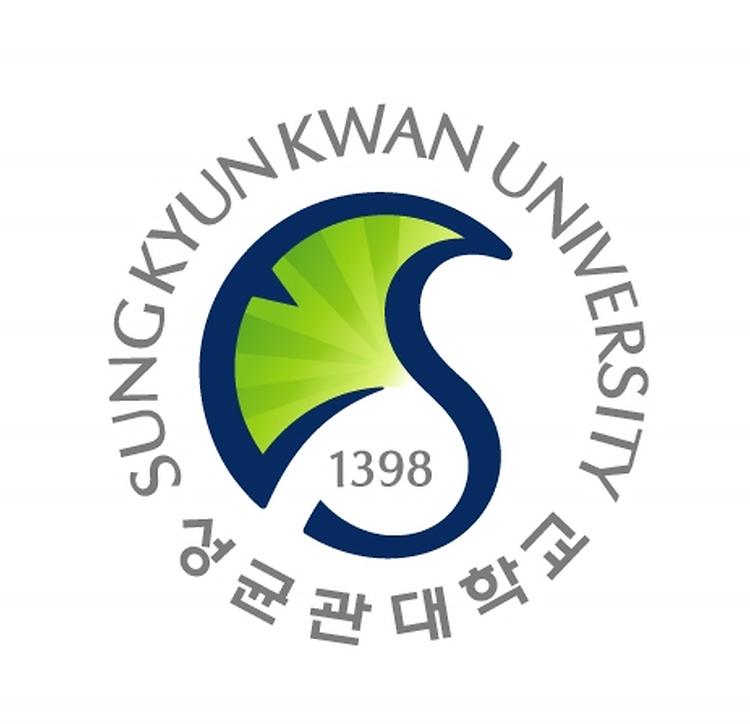
Surface reaction mechanism on metal/oxide interfaces of model catalysts uncovered with operando surface techniques
 2021년 5월 6일(목) 오후 4시 30분
2021년 5월 6일(목) 오후 4시 30분 Webex
Webex
- POSTED DATE : 2021-05-04
- WRITER : 화학과
- HIT : 3172
-
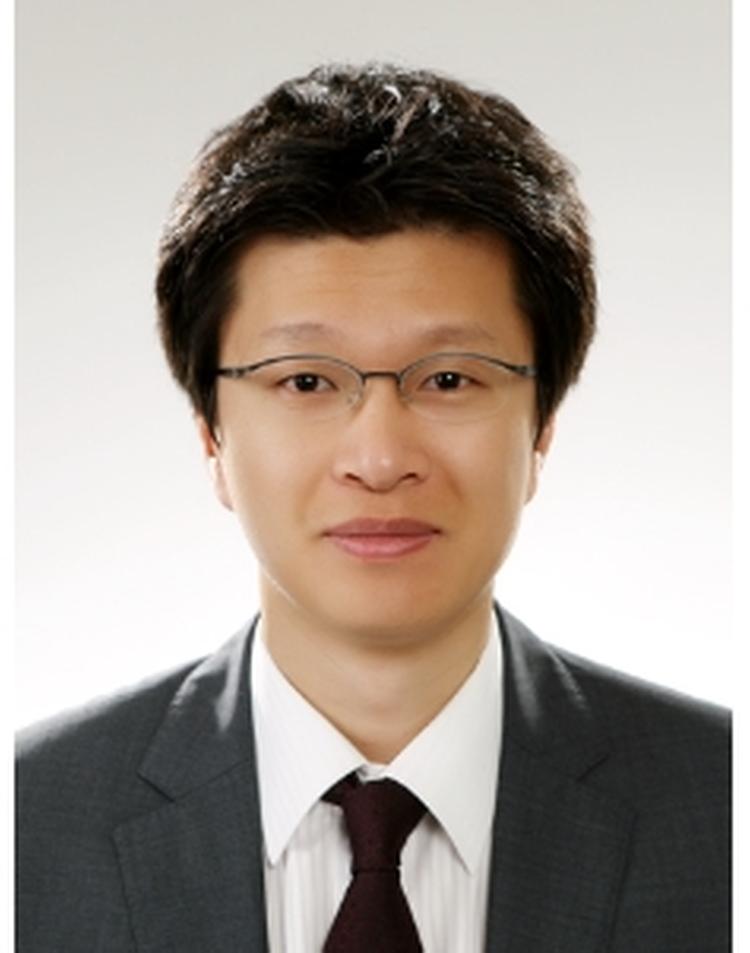
Exploiting Photofunctional Transition Metal Complexes
 2021년 4월 29일(목) 오후 4시 30분
2021년 4월 29일(목) 오후 4시 30분 Webex
Webex
- POSTED DATE : 2021-04-26
- WRITER : 화학과
- HIT : 3243
-

양전자 소멸 분광을 이용한 소재 결함 분석
 2021년 4월 22일(목) 오후 4시 30분
2021년 4월 22일(목) 오후 4시 30분 Webex
Webex
- POSTED DATE : 2021-04-19
- WRITER : 화학과
- HIT : 3314
-
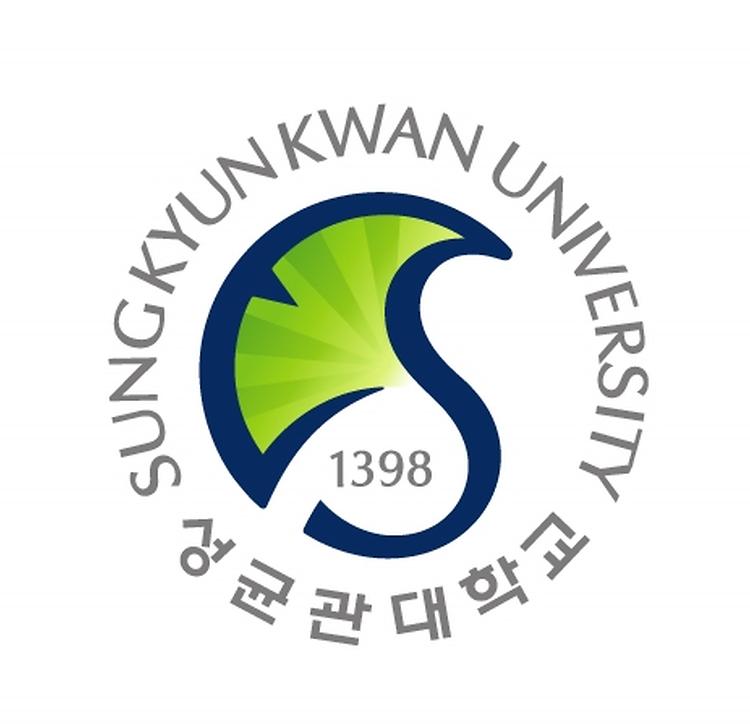
Dynamic electrochemical interface in oxygen evolution reaction
 2021년 4월 16일(금) 오후 5시
2021년 4월 16일(금) 오후 5시 Webex
Webex
- POSTED DATE : 2021-04-15
- WRITER : 화학과
- HIT : 3263
-
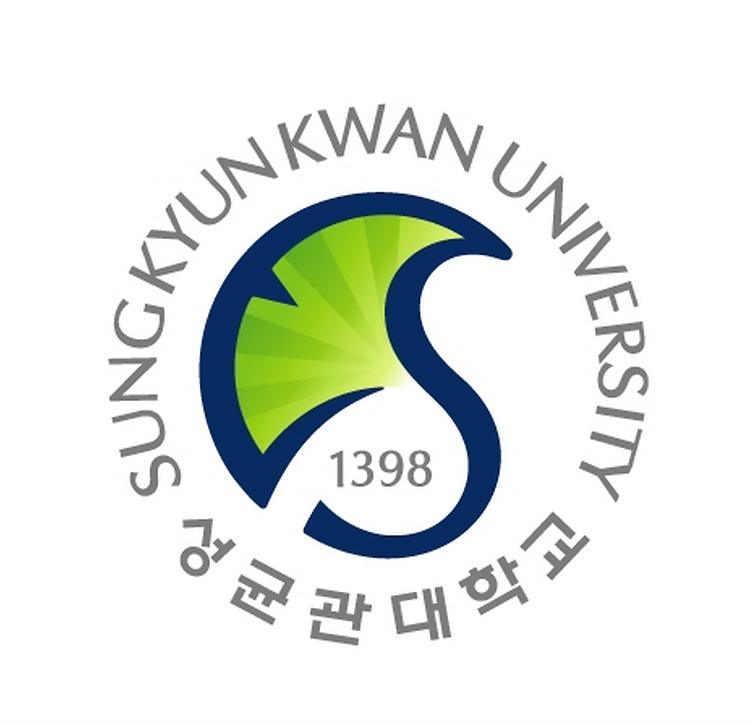
사이언스 분야 인공지능 응용 및 미래 인공지능 기술
 2021년 4월 15일(목) 오후 4시 30분
2021년 4월 15일(목) 오후 4시 30분 Webex
Webex
- POSTED DATE : 2021-04-15
- WRITER : 화학과
- HIT : 2998
-

Bruker NMR Experiments and Applications; Real-life NMR Analysis for Graduate Students
 2021년 4월 1일(목) 오후 2시
2021년 4월 1일(목) 오후 2시 Webex
Webex
- POSTED DATE : 2021-03-31
- WRITER : 화학과
- HIT : 3110
 발전기금
발전기금



